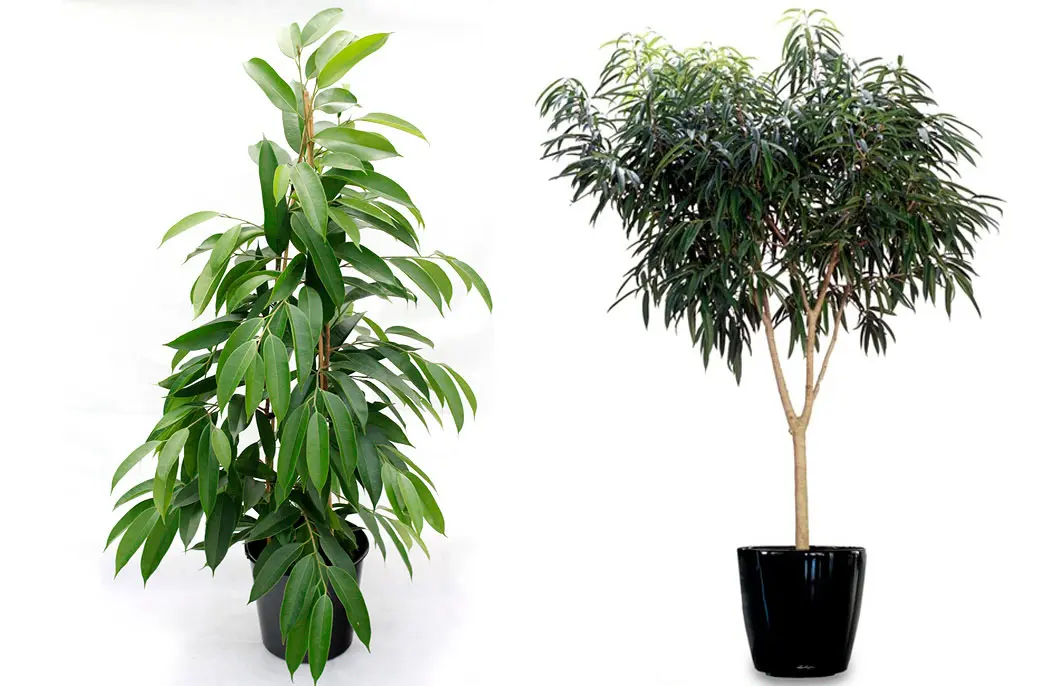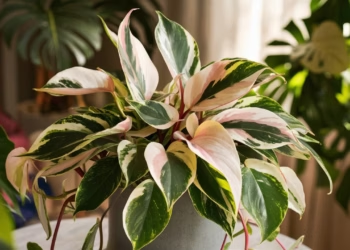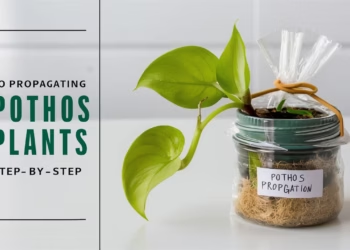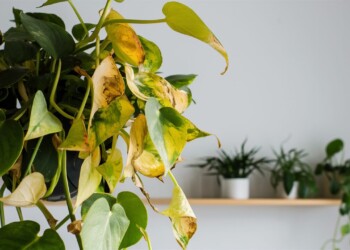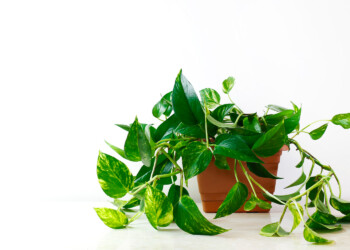Welcome, fellow plant enthusiasts, to the ultimate handbook on Ficus Alii plant care and growing indoors! Whether you’re a seasoned green thumb or a budding plant parent, this guide is your ticket to cultivating lush and vibrant foliage within the cozy confines of your home.
Are you ready to embark on a journey of nurturing, growth, and greenery? Let’s dive in and explore the ins and outs of caring for the majestic Ficus Alii plant, also known as the “False Helleborine” or “Ficus Amstel King”!
Table Of Contents
Getting Acquainted with Ficus Alii
Before we delve into the nitty-gritty of Ficus Alii plant care and growing indoors, let’s take a moment to get acquainted with this magnificent botanical specimen. Here’s a quick rundown:
- Scientific Name: Ficus maclellandii
- Origin: Native to India, Southeast Asia, and China
- Common Names: Ficus Alii, False Helleborine, Ficus Amstel King
- Appearance: Sporting long, graceful leaves that resemble those of the Weeping Willow, the Ficus Alii adds a touch of elegance to any indoor space.

Now that we’ve made introductions, let’s roll up our sleeves and dive into the exciting world of Ficus Alii plant care and growing indoors!
Nurturing Your Ficus Alii Indoors
Ah, the joys of indoor gardening! With the right care and attention, your Ficus Alii will flourish and thrive, transforming your home into a verdant paradise. Here’s how to make it happen:
Light
- Bright Indirect Light: Position your Ficus Alii near a window where it can bask in bright, indirect sunlight. but it’s more forgiving of shadier conditions compared to other Ficus varieties. Avoid placing it in direct sunlight, as this can scorch its delicate leaves. However, consistent exposure to low light can trigger leaf shedding.
- Light Rotation: To ensure even growth, rotate your plant every few weeks to expose all sides to sunlight.

Watering
- Moderation is Key: Keep the soil consistently moist but not waterlogged. Allow the top inch of soil to dry out between waterings to prevent root rot, use lukewarm water to minimize root shock.
- Test Before Watering: Before watering, poke your finger into the soil. If the top inch it feels dry to the touch, it’s time to water your Ficus Alii.

Humidity
- Humid Environment: Ficus Alii plants thrive in humid conditions. Mist your plant regularly or place a humidifier nearby to maintain optimal humidity levels.
- Grouping Plants: Grouping your Ficus Alii with other houseplants can help create a microclimate with higher humidity.

Temperature
- Warm and Cozy: Keep your Ficus Alii in a warm environment with temperatures ranging between 60°F to 75°F (15°C to 24°C).
- Avoid Drafts: Shield your plant from cold drafts, as sudden temperature changes can stress it out.
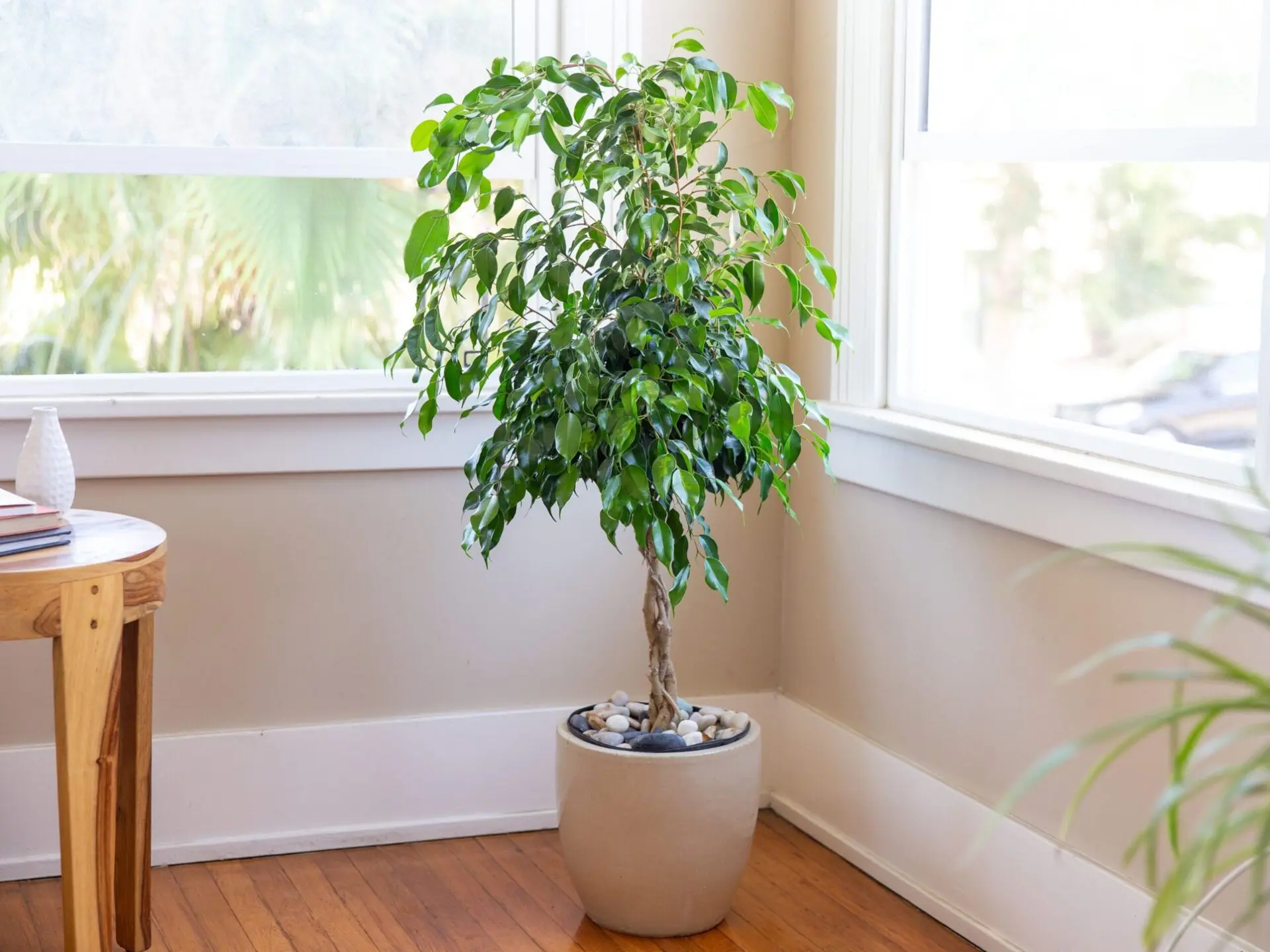
Soil Requirements for Ficus Alii
Choosing the right soil is crucial for the health and vitality of your Ficus Alii. While this plant is tolerant of most basic potting soils, it’s essential to ensure adequate drainage and aeration. A well-draining mix, supplemented with sand or grit, promotes healthy root growth and prevents waterlogging. Avoid soils designed for acidic-loving plants like roses and azaleas, as they can harm the delicate roots of your Ficus Alii.

Fertilizing
- Balanced Fertilizer: Feed your Ficus Alii with a balanced liquid fertilizer during the growing season (spring and summer) to promote healthy growth.
- Less is More: Avoid over-fertilizing, as this can lead to fertilizer burn and other issues.

Pruning
- Regular Maintenance: Trim any yellowing or dead leaves to maintain the plant’s overall health and appearance.
- Shape and Size: Prune your Ficus Alii to shape and control its size, but be mindful not to overdo it.

Troubleshooting Common Issues
Even the most seasoned plant parent encounters challenges from time to time. Here’s how to troubleshoot common issues and keep your Ficus Alii thriving:
Yellowing Leaves
- Overwatering: If your Ficus Alii’s leaves are turning yellow and dropping, you may be overwatering. Allow the soil to dry out before watering again.
Drooping Leaves
- Underwatering: Drooping leaves can be a sign of underwatering. Give your Ficus Alii a thorough drink and adjust your watering schedule accordingly.
Pests
- Spider Mites: Keep an eye out for spider mites, especially in dry indoor environments. Regularly misting your plant can help deter these pesky pests.

Congratulations, you’re now a bona fide Ficus Alii aficionado! Armed with the knowledge and know-how from this guide, you’re well-equipped to nurture and cultivate your very own indoor oasis with the majestic Ficus Alii plant. Remember, a little love and attention go a long way in fostering green and leafy bliss within your home. Happy growing!
FAQs
How often do you water an Alii Ficus?
The watering frequency for an Alii Ficus (Ficus binnendijkii ‘Alii’) depends on various factors such as the plant’s size, environmental conditions, and the type of soil it’s planted in. In general, allow the top inch of soil to dry out between waterings. Water thoroughly when watering, but ensure excess water drains away to prevent waterlogging, which can lead to root rot. Typically, you may need to water your Alii Ficus every 1-2 weeks, but adjust based on specific conditions.
Does Ficus need direct sunlight?
Ficus plants, including the Alii Ficus, prefer bright, indirect sunlight. While they can tolerate some direct sunlight, prolonged exposure to intense sunlight can scorch their leaves. Place your Ficus plant in a location where it can receive bright, filtered light, such as near a window with sheer curtains or in a well-lit room without direct sun exposure.
How do I stop my Ficus Alii from dropping leaves?
To prevent your Ficus Alii from dropping leaves:
- Ensure it receives adequate light: Place it in a location with bright, indirect sunlight.
- Maintain consistent watering: Avoid overwatering or underwatering, as both can stress the plant and lead to leaf drop. Allow the top inch of soil to dry out between waterings, then water thoroughly.
- Avoid sudden temperature changes: Keep the plant away from drafts or extreme temperature fluctuations.
- Provide proper humidity: Ficus plants appreciate moderate humidity levels, so consider using a humidifier or misting the leaves occasionally.
- Monitor for pests: Inspect the plant regularly for signs of pests such as spider mites or scale insects, which can stress the plant and cause leaf drop. Treat infestations promptly.
How big does Ficus Alii grow?
Ficus binnendijkii ‘Alii’ is a tall, upright variety of Ficus that can grow up to 10-12 feet indoors under ideal conditions. However, its growth may be slower indoors compared to its growth in its native tropical habitats. Regular pruning can help control the size and shape of the plant.
Do ficus like morning sun?
Ficus plants, including the Alii Ficus, can tolerate some morning sun, especially if it’s filtered or indirect. Morning sunlight tends to be less intense and harsh compared to afternoon sun, making it suitable for many Ficus varieties. However, avoid placing the plant in direct sunlight for prolonged periods, as this can lead to leaf burn.
Does ficus like rain?
Ficus plants generally enjoy rainwater, as it provides natural hydration and helps flush out salts and impurities from the soil. However, excessive rainfall or standing water can lead to waterlogging and root rot, so it’s essential to ensure proper drainage and avoid overwatering. If growing Ficus plants outdoors, they can benefit from occasional rain showers, but be mindful of potential waterlogging issues during prolonged periods of rain.
